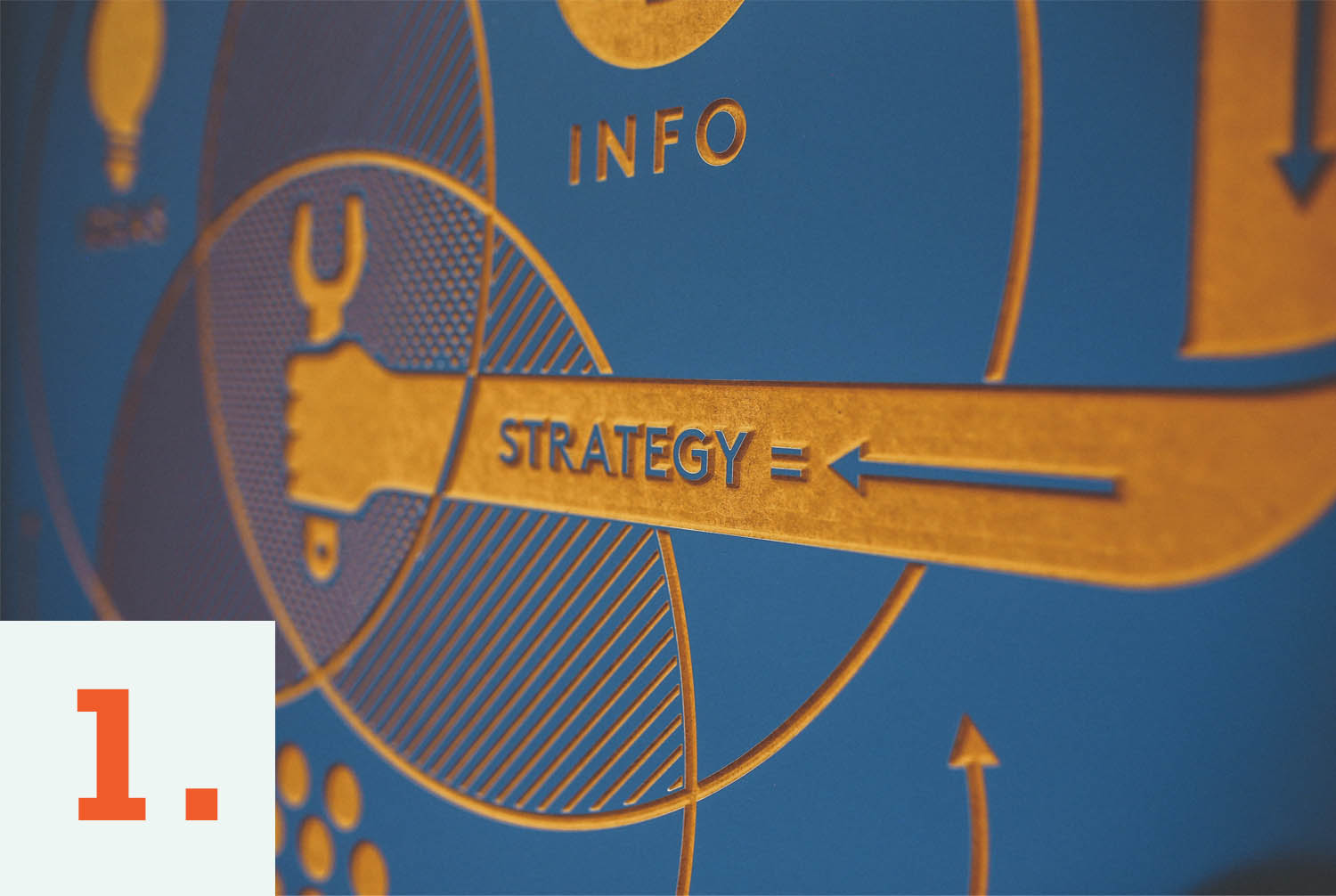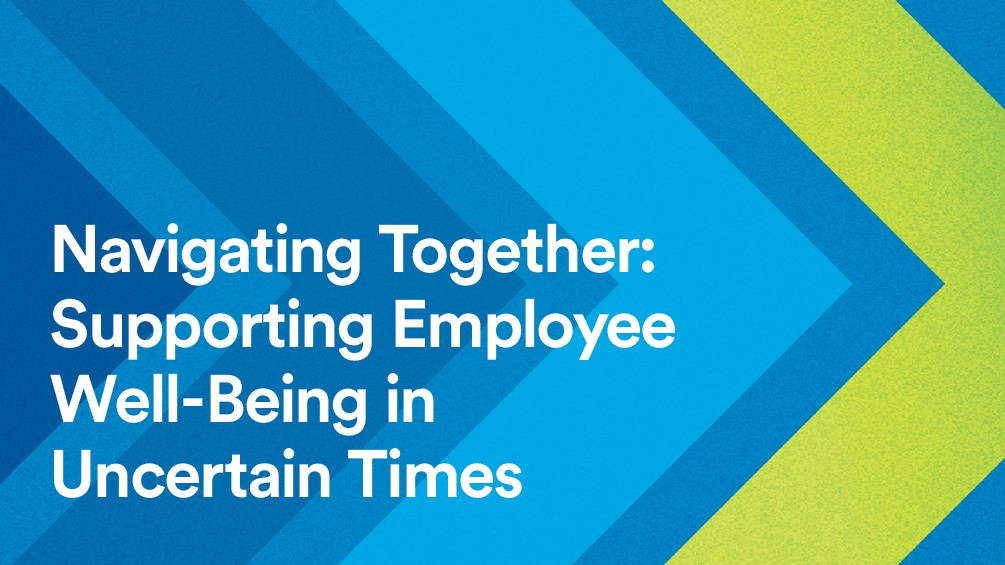How to deliver a strategic brief
October 30th, 2020 by Colin Buckingham
Reading Time: 6 minutes#1 in our blog series on how to deliver a strategic insight programme
At Rainmakers, we help our clients to decide on their next move. This series of blogs aims to set out the most important stages for developing a strategic brief.

Briefing in Brief
You’ve been asked to brief out a project to uncover new growth opportunities for a much-loved, long-established brand. Your colleagues are tremendously excited at the prospect but have provided limited tangible information. Where to start?
This kind of programme is inherently different to a primary research project and is often harder to tie down. We can help. Over the years we’ve been on the receiving end of many different types of briefing from brisk 15 minute calls – “I’ve no idea how we’re going to get there but this is where we need to end up” – to 50 pages of valuable background detail. We’d like to share our thoughts on what we’ve learned and outline the principles of a good strategic brief.
1. Don’t try to write everything down before you start
The best ideas often come from informal conversations or passing references. Talking about the issues which are easiest to articulate can help reveal the underlying challenge which you really need to resolve. It’s often better to have these unstructured conversations early on to get the thought process moving. Otherwise, the most exciting project of the year could end up on next year’s To Do list.
In our view, no idea is too embryonic to be worth discussing. It’s fine not to know exactly what you need at the outset. If your Trusted Advisor really can be trusted to advise you, they will tease out the heart of the challenge and hone what may appear to be a jumble of conflicting requirements into a well-structured piece of work that has a realistic chance of being delivered.
2. If you can’t get perfect alignment, get the lie of the land
In the ideal organisation, everyone sings from the same hymn sheet, everyone reads from the same book of cliches, and above all everyone is ALIGNED. Well, sometimes.
Strategic insight programmes are often multi-layered and not everyone starts from the same place. The important thing is that everyone finishes in the same place and feels that it’s a great destination to have reached. To ensure this happens, there is often valuable work to be done once the project has started to understand where different stakeholders are coming from, figure out exactly what they need, and find the unifying themes that will lead to a successful outcome.
However, it will be important that you as the internal project lead are at least able to articulate the main ingoing objectives of the programme before it kicks off. That means having the conversations with your colleagues which allow you to get to grips with what they each need to achieve and to understand the range of ambitions for the work. In our experience, these soundings out can often take place in parallel with the early agency briefings. Questions raised in the external stream of conversations help focus the internal discussions, and vice versa.
3. When the talking has to stop
Throwing ideas around in lively conversations will only get you so far. There comes a point when you need to sit down on a robust piece of furniture and type out something which captures the essence of what you’re intending to deliver for your employers and why you can justify spending their money on it.
Organising the key points into a written document is essential. If you continue to explain it verbally, it will be subtly different every time. As a minimum, the written brief must explain the outcomes and deliverables that will make or break the project. If you’re time-poor, ask your consultancy to capture your discussions and confirm the objectives back to you in writing with a process, time plan, and budget scenarios clearly laid out. This initial document should be short so that your senior stakeholders can digest and interrogate it. A more detailed proposal can follow once you’re sure that your consulting partner can pinpoint what you need to do and earn the trust of your wider team.
4. Surface the Unknown Knowns
Donald Rumsfeld may have been fixated on Unknown Unknowns but in our experience it’s the Unknown Knowns you really have to watch out for. The dates already inked into the calendar four weeks before your project is scheduled to deliver; the targets which were agreed last year and are considered non-negotiable. The more strategic the programme, the wider its impact and the more places crucial parameters can lie hidden from your sight. If your consulting partner has anything about them, they will know from experience the kinds of unforeseen obstacles that can derail an apparently well-planned project. Surfacing the non-negotiable deadlines and deliverables early can make a big difference.
And while you’re asking your consultancy to help you apply that discipline within your organisation, do the same to them. Strategic insight programmes demand a blend of different skill sets and competencies. Make sure that the company you’ve chosen to partner with is putting forward a team which can handle everything you want to happen, and that an enticing strong suit in one area isn’t taking the eye away from gaping holes elsewhere.
5. Set and agree specific measures
As you finalise the proposal and project plan, it’s time to make sure that you and your chosen partner are super-clear on the end goal. A shared understanding of the big picture is all very well, but what exactly will success look like, and what does it mean from a specific, measurable point of view? Alongside that, how are you going to deliver and embed the critical insights?
Make sure your consultancy is aware of what you’ve done before, and what did and didn’t work, and why. Keep everyone involved and up to date. Keep everyone on the same path from the outset.
6. More (really) is more
This is one of the rare instances where More is More. Plan to give your insight consultancy all the background information and existing research they could possibly relate to the challenge in hand. We always ask our clients to share as much as they can with us, and to give us the problem of digging into mounds of material to find the nuggets that will help us create the solution. There are usually moments when we regret this, as we plough through yet another 150 page PowerPoint deck, but in the end it’s worth the effort. Companies’ data and research archives frequently contain hidden gems, originally acquired for a different purpose, but of great value to your new quest.
7. Make the best use of the time you have
Be realistic about timeframes. We can, and often do, work very fast and to tight deadlines, but in order to get the best out of your project, sufficient time needs to be dedicated to it. Investing in the upfront stages in particular will reap dividends later on. Allow time for immersion and discussion of hypotheses – a great consultancy will construct the solutions you need much more quickly and effectively if the foundations are sound.
8. Be realistic about budgets
And finally, we’re going to have to talk about the money. Strategy programmes that draw on existing information and research have a financial advantage from the outset because they often involve little or no outlay on the collection of new primary data.
Use the scope that gives you to invest in the things that will make a huge difference, like the calibre of the team you’ll be working with and the agency’s accumulated expertise.
Of course, we would say that but it’s undeniable. Quality of input is crucial to the outcome. That means serious senior engagement, and a mix of specialists whose combined skills will take you to places you can’t get by yourself.
Be prepared to pay for that, but equally, don’t write blank cheques. Strategic projects can feel amorphous and intangible at the outset, but they don’t need to be. A consultancy which knows what it’s doing won’t tell you to “trust me, I’m a doctor”. They will be able to break an apparently complex programme down into its constituent parts and show you a logical roadmap for how you’re going to get, step by step, to where you need to be. And they’ll be able to tell you how much each stage is going to cost. If they can’t, you might want to think again.
Ultimately a good brief for a strategic project comes down to a simple principle – what you get out is only as good as what you put in. By laying the groundwork, and by involving your chosen partner in the process, you can get your arms around a complex challenge and develop a brief that leads to a great outcome – and a happy and successful working relationship.
What’s next?
Our ‘How to’ blog series will continue with ‘How to define deliverables’. Outputs from strategic insight programmes often evolve through successive phases of learning but it’s vital to be clear on the desired destination and keep it in view at all times.
« Back to Blog
Suggested posts for you:

Reading Time: 2 minutesRainmakers CSI advised MetLife for their 18th annual U.S. Employee Benefit Trends Study to understand how employees…
LEARN MORE

Reading Time: 6 minutes#2 in our blog series on how to deliver a strategic insight programme At Rainmakers, we help…
LEARN MORE



